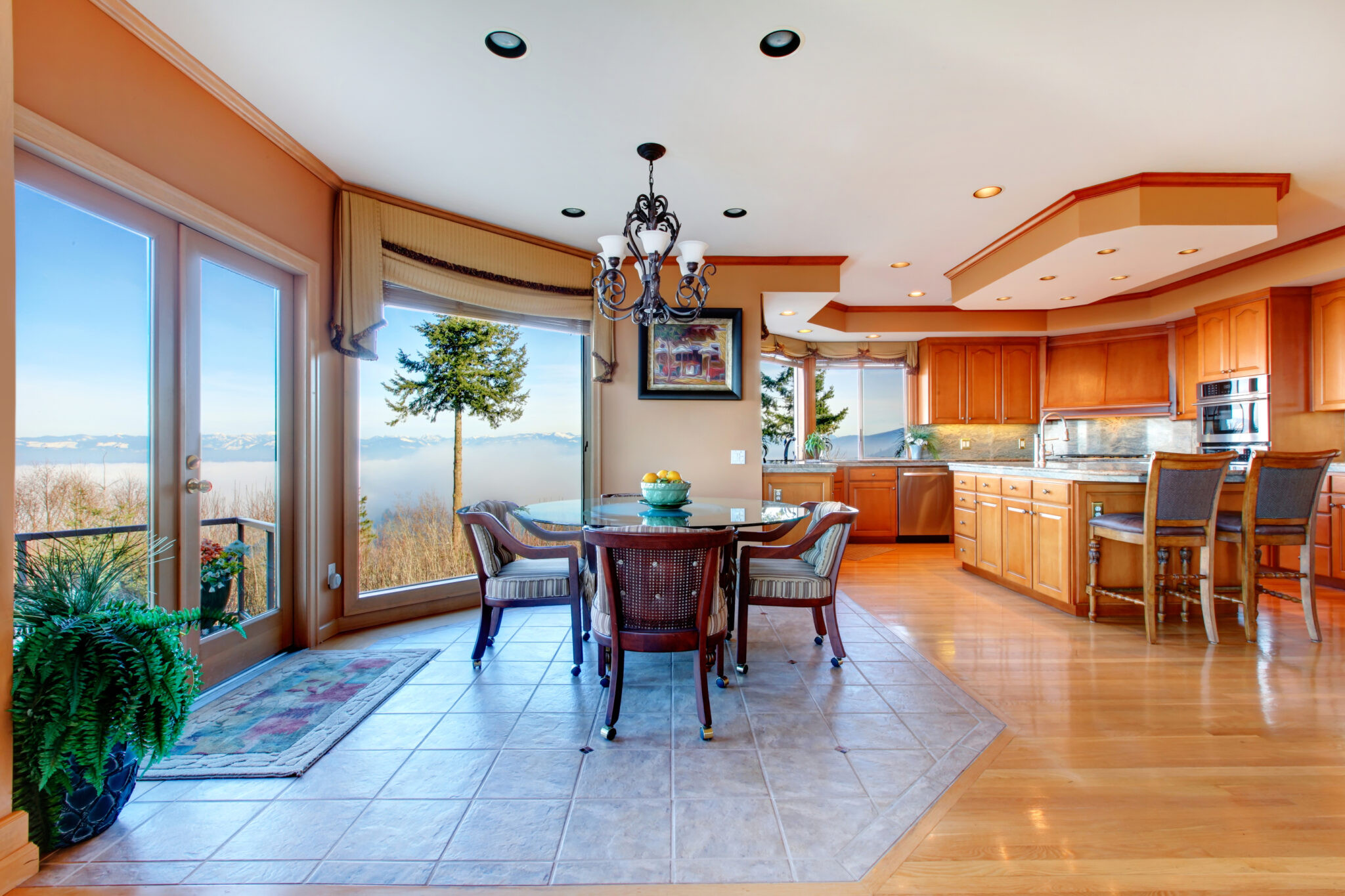Birds flying into windows and dying is a serious problem in the United States. According to the American Bird Conservancy, an estimated 1 billion birds die each year in the United States from window collisions. This is the leading cause of bird deaths in the country.
There are a number of factors that contribute to the problem of bird-window collisions. One factor is the reflective nature of glass. Birds often see their own reflection in the glass and mistake it for another bird, leading them to fly into the window. Another factor is the speed at which birds fly. Birds often fly at speeds of up to 50 miles per hour, which can make it difficult for them to stop or change course if they see a window too late.
Glass
Glass has become extremely popular in modern architecture. We construct skyscrapers entirely of glass walls, while our homes have enormous picture windows. Glass is great in that it is invisible, allowing us to see out and feel connected to the environment. However, because it is invisible, birds have little ability to see it before an impact. Humans can see glass by seeing the framing and even dirt on the surface, but birds are unable to see the glass surface as a barrier.
Properties of Glass
Glass can be transparent, mirrored, and opaque. The surface can be highly reflective, and these reflections can vary depending on the weather, position of the sun, and difference in interior vs exterior light levels. These properties can cause windows to look like a mirror, completely clear, or a dark passageway.
Solutions
Besides simply using designs with less glass, we can protect birds by using screens, shutters, and details that partly obscure glass while still providing a view, or by using two-dimensional patterns that birds perceive as actual barriers. Solutions that make glass safer for birds will be readily visible to people.
The 2 x 4 Rule
Research on songbirds, the most numerous victims of collisions, has shown that horizontal lines must be two or fewer inches apart and vertical spaces must be four or fewer inches apart to deter most birds.
Window Films
Patterned window films are excellent options to reduce or drop the number of collisions. Window films are applied as a retrofit on your existing windows by a professional to the interior or the exterior surface of the window. Exterior applied products can be more effective because they are always visible, even with strong reflections. Exterior products do not have the same lifespan as interior products, so you will need to replace them more often than on the interior. The entire surface can be patterned or a pattern of narrow, horizontal stripes or vertical stripes. Patterns should conform to the 2 x 4 rule. Additionally, images can be printed onto the surface of the film, however images of trees and other habitats are not recommended.
Netting, Screens, Grilles, Shutters, Exterior Shades
Netting, screens, grilles, shutters, and exterior shades are common elements that can make glass safer for birds on buildings of any scale. Netting, grilles, and shutters can be used in retrofit or be an integral part of an original design and can significantly reduce bird mortality.
Awnings and Overhangs
Awnings and overhangs have limited effectiveness as a general strategy. Overhangs work best when they produce a shadow over the glass from all sides. Balconies and balustrades can block the view of windows, protecting birds while also providing an amenity for residents.
Patterns on Glass
Ceramic dots and other types of frits applied to glass surfaces during manufacture can also lower bird strikes. Patterns designed according to the 2 x 4 rule can also lower bird strikes. Patterns on the outside surface of glass deter collisions most effectively because they are always visible, even with strong glass reflections. However, a pattern on an inside surface can still be effective.
UV Patterned Glass
Some bird species can see into the ultraviolet (UV) spectrum of light. Ultraviolet reflective and/or absorbing patterns can be applied to the glass during manufacture. These patterns need sharp contrast to be effective, especially in the early morning and late afternoon, when UV in sunlight is at extremely low levels.
Opaque and Translucent Glass
Opaque, etched, stained, or frosted glass are excellent options to reduce or drop collisions. The entire surface can be frosted, or frosted patterns can be applied during glass manufacture. Window films can produce the same effect in retrofit applications and are available in different frosted grains. If using a frosted pattern, the patterns should conform to the 2 x 4 rule.
Decals and Tape
Birds do not recognize decal silhouettes of animals or other natural objects, but simply as obstacles that they may try to fly around. Decals can be very effective if applied following the 2 x 4 rule on the outside of glass, but in general, they must be replaced frequently, at least annually. Tape is more cost effective and quicker to apply, but most household tapes do not stand up well to the elements.
The problem of bird-window collisions is a serious one, but it is one that can be addressed. By taking some simple steps, we can help to save the lives of millions of birds each year.



